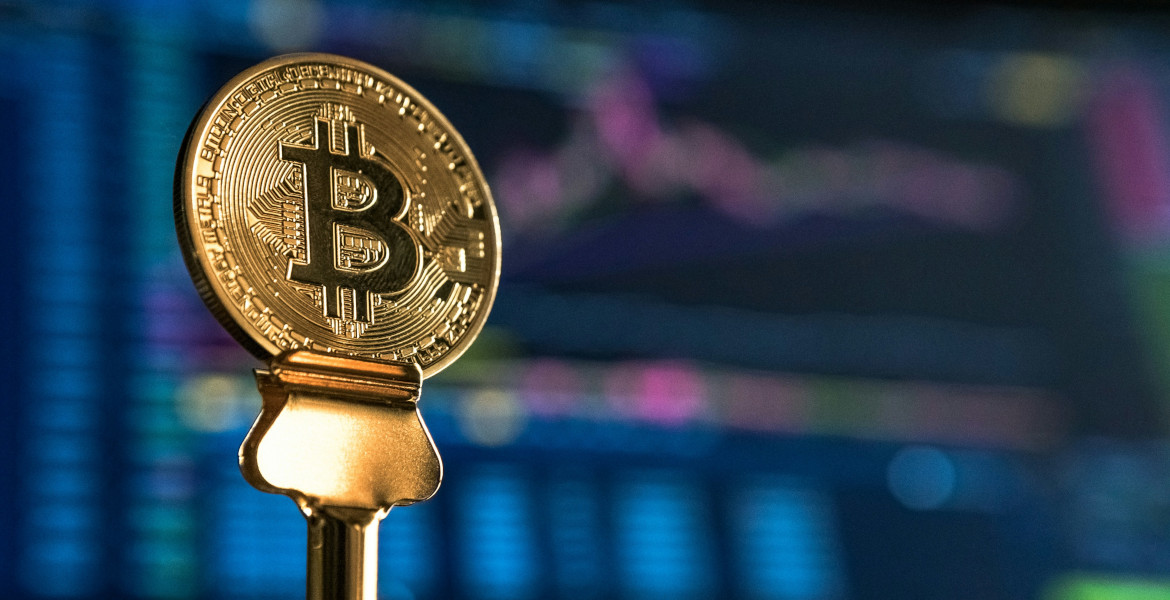Diesel cars have long been identified as losers in the transition to electric vehicles, but a new study shows that they actually retain their value better than electric cars.
Over a three-year period, the value of certain diesel models decreased by as little as €6500, compared to electric cars, where the loss in some cases amounted to as much as €35,000.
The study, conducted by Carup, covers five diesel cars and five electric cars, all around three years old and with a mileage of less than 100,000 km, and the results show clear differences in depreciation between the two drivetrains.
Among the diesel cars, the Audi A6 Avant and Skoda Kodiaq performed best, with a depreciation of less than 20 percent. The Volvo V60 Momentum lost the most among the diesels – 33 percent – but even that was better than most electric cars in the comparison. The original new price for the model was € 37,500.
According to the survey, demand for used diesel cars remains strong, which is partly explained by a limited supply of newer diesel models. Despite higher taxes and environmental charges that have negatively affected diesel cars for several years, there still seems to be considerable interest in them.
Among electric cars, the Tesla Model Y saw the biggest drop. The car, which had a new price of nearly €66,000, has lost more than half of its value in three years. The Kia E-Niro, Volkswagen ID.4, and Volvo XC40 Recharge also recorded a value loss of around 50 percent. The largest monetary loss was seen in the Tesla – a whopping €35,000 – although a previous Swedish climate bonus of €6,400 mitigated the loss somewhat.
Diesel popular – despite higher operating costs
The difference in value growth is believed to be due to diesel cars having a more established second-hand market, while uncertainty surrounding the long-term battery performance and technology of electric cars continues to influence purchasing behavior.
At the same time, owning a diesel car entails higher running costs. Fuel prices and vehicle tax mean that the operating costs of a diesel car often exceed those of an electric car, which is something many buyers take into account when deciding which car to buy.
“Our comparison shows that diesel cars are not the losers many people thought they would be. They have withstood the decline in value significantly better than electric cars. On the other hand, drivers have had to pay significantly more for fuel and vehicle tax over three years compared to electric cars. It remains to be seen who will be the winner over the next three years for those buying a used car. Three years ago, not many people believed in diesel cars”, Carup concludes.








